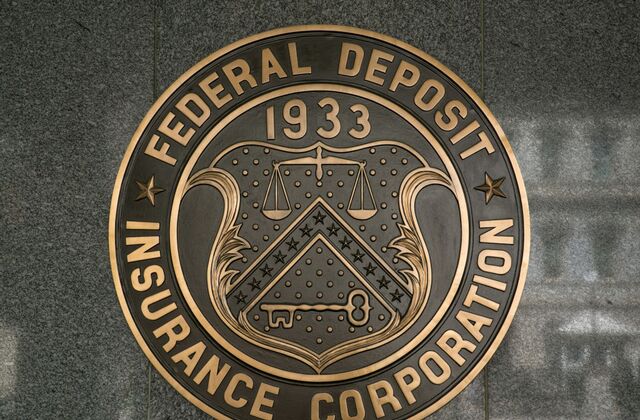
New Proposal Raises Price Tag for Deposit Insurance Reform Rises to $42B
Dan Savickas
November 5, 2025
In Congress, the smallest change to the text of a bill can have a large impact. Such is the case with the Main Street Depositor Protection Act, S. 2999, introduced by Sens. Bill Hagerty (R-Tenn.) and Angela Alsobrooks (D-Md.). The bill would have a significant cost to both banks and taxpayers–even more than initial estimates. This is why TPA, along with a group of ten other free market groups wrote a letter to key congressional leaders, urging them to oppose it.
When TPA first wrote earlier this summer about the bill (which had not yet been formally introduced), we estimated the cost would be a $30 billion special assessment on banks and around $3 billion in added premiums each year. No doubt, this would be a cost that would be passed on to taxpayers. Since then, there have been two versions of the bill, the latest of which was released earlier this month.
As often is the case in Washington, a bad idea somehow got worse. Based on the exact language in the bill, we estimate it could now cost up to $42 billion, a 40 percent increase from our previous estimate, via a special assessment. That’s the equivalent of an almost 23 basis-point premium above today’s average cost. This is despite the fact that nominally the bill’s sponsors sought to curb costs by lowering the amount of protection from $25 million to $10 million of non-interest-bearing deposits.
So how did the bill become more expensive? The devil is in the details.
Our original estimate was not based on specific language, but on a proposal that was being floated to raise the deposit insurance limit to $25 million for business transaction accounts. The word “business” is very important, because although sponsors talked about businesses, the actual bill ended up including all non-interest-bearing transaction accounts, not just business accounts.
This is a critical difference because it means the universe of deposits that would now be covered is much larger. There was no attempt in the bill to limit it to just business accounts. Anyone could access this level of coverage as long as the account did not earn interest.
There’s another problem. S. 2999 does not guarantee effective mechanisms to limit mass conversions into non-interest-bearing accounts to obtain higher coverage. There would, essentially, be a lot of guess work involved to estimate the full impact.
The conclusion is relatively straightforward, however. During a mass panic, consumers are going to flock to these accounts. Doing so would immediately cause a decline in the ratio of federal reserves to insured deposits. It would heighten the chances that the FDIC’s fund is exhausted. In such a case, banks are either forced to pay a large assessment, or the FDIC will borrow from the Treasury Department. In other words, the chances of a taxpayer bailout go way up.
It gets still worse. Our original estimate contemplated all banks paying premiums to restore the fund as soon as the new coverage went into effect. But the actual bill uses an accounting gimmick to try to defray these costs. It says that banks could take 10 years to rebuild the fund. It’s a “buy now, pay later” approach that heightens the chance of a taxpayer bailout or a large premium increase precisely when banks can least afford it. No private insurance company could ever work this way.
The bill also has another gimmick. It would exclude banks under $10 billion of assets from the initial cost of recapitalizing the FDIC fund. Setting aside whether it is a good idea to insulate small banks from that cost when they receive such a large government benefit, small banks are eventually going to pay for this one way or another.
First, they will pay because the bill does not exclude small banks from the future ongoing costs of raising the deposit insurance limit so high. After a “transition” period of 10 years, there will be a larger universe of insured deposits, and it will cost more to keep the FDIC fund at its statutory minimum. All banks will pay for that, including community banks.
Secondly, because the bill worsens moral hazard, it makes it virtually inevitable that the FDIC fund is going to be wiped out due to more (and costlier) failures. There is nothing to protect community banks from the costs when the FDIC needs to recapitalize the fund. Gimmicks aside, banks of all sizes will pay more in assessments, and those costs will be passed on to taxpayers.
There are no easy fixes here. Despite their best efforts, the bill’s sponsors can’t give away a huge government benefit and expect there to be no cost from it. S. 2999 will do what deposit insurance increases always do. It will disproportionately benefit the riskiest and weakest banks which will use the higher coverage to gamble on the taxpayer’s dime. It will worsen systemic risk, raise consumer costs, and threaten the President’s economic agenda. Congress should reject S. 2999.
